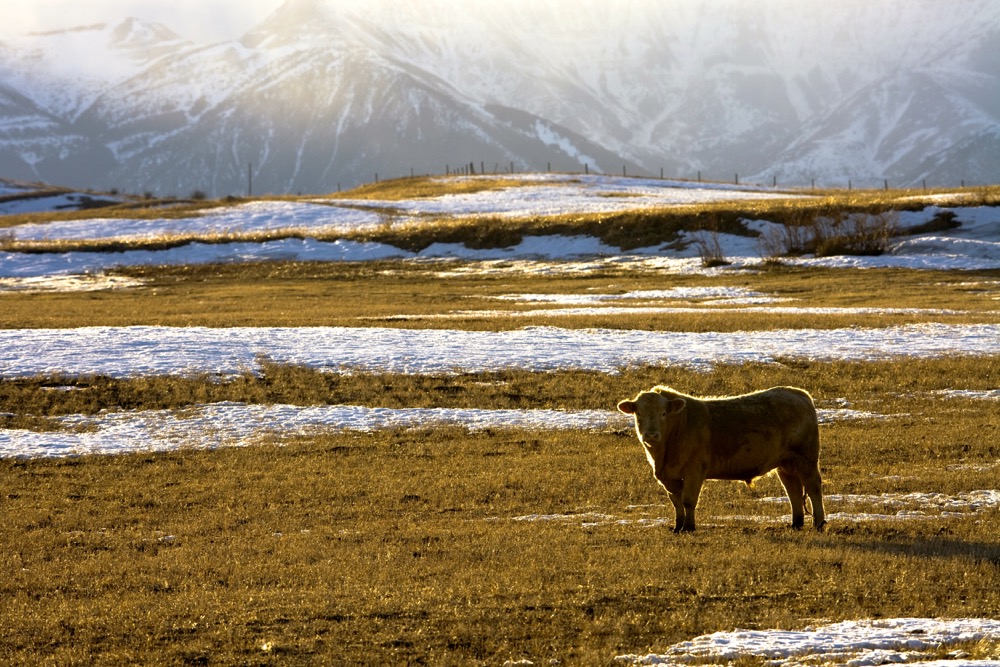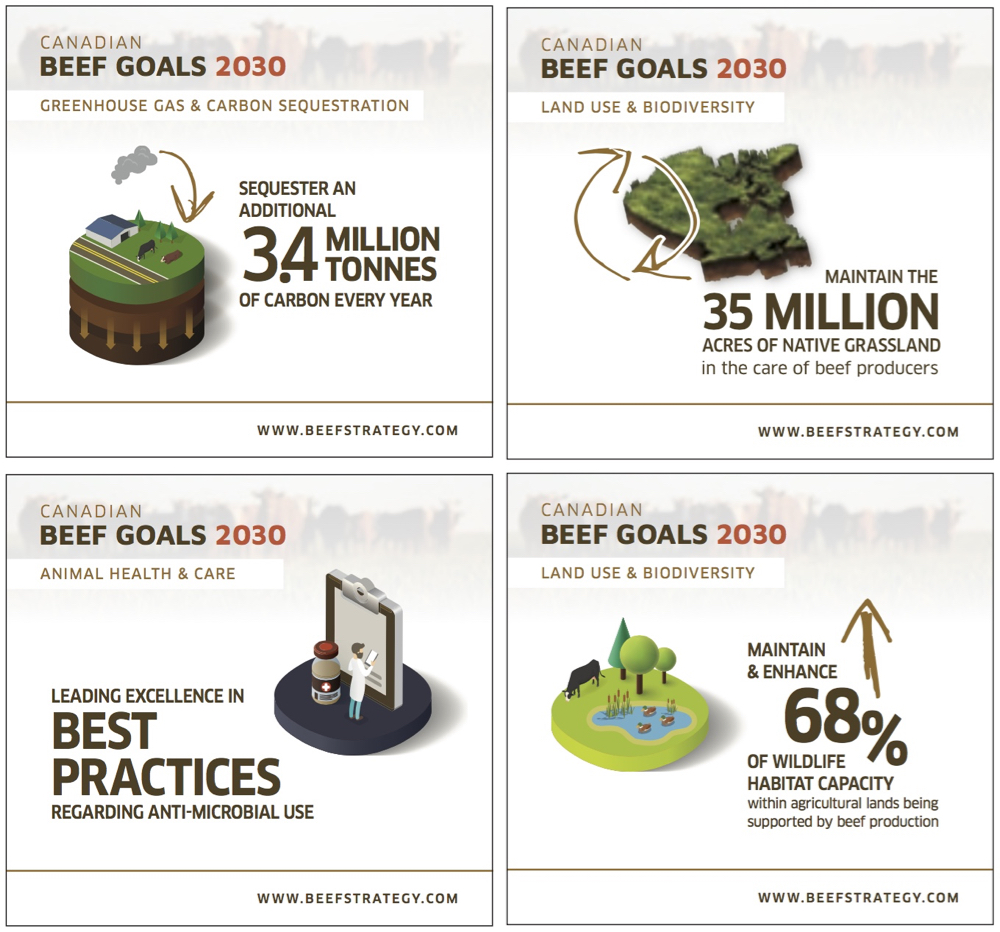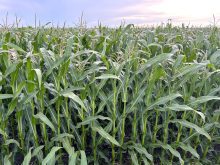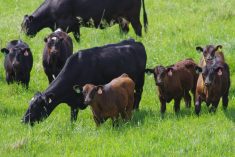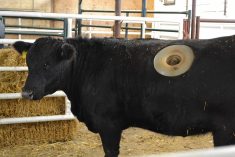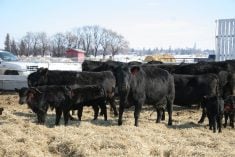Capturing carbon and reducing greenhouse gas emissions are two key goals in the newly updated national beef strategy.
While these goals may seem contentious to some producers, it’s important to show the public that the beef sector is progressive and doing its part when it comes to combatting climate change as well as protecting the environment and caring for animals, said Tyler Bjornson, chair of the Canadian Beef Advisors.

“I think that’s really critical for the industry,” he said. “We’re proactive in setting those goals, and demonstrating that we’re responsible and capable of implementing and acting on these things without either government or consumers stepping in to tell the sector how to do its job.”
Although not a well-known name, the Canadian Beef Advisors is composed of reps from the beef sector’s key players, including the Canadian Cattlemen’s Association, the National Cattle Feeders’ Association, the Canadian Roundtable for Sustainable Beef and the Canadian Meat Council.
But despite its low profile, the group’s existence is representative of a sea change in the sector once famous for its divisions. It issued its first national beef strategy in January 2015 and like the initial one, the updated version put specific numbers on some of its targets.
Along with sequestering an additional 3.4 million tonnes of carbon every year, the new edition of the strategic plan calls for preserving 35 million acres of native grassland. Achieving that goal not only means ranchers must be good stewards of the land but that their efforts be recognized by the public and government, said Bjornson.
“If we want to maintain the 35 million acres of native grassland that is in the care of beef producers, really, we need to ensure the economic viability of the producers to be able to incentivize that conservation,” he said.
This could include participating in programs that governments might put in place as part of their climate change and greenhouse gas reduction strategies.
“I do not believe that producers have been adequately recognized as providing that public good and that stewardship,” said Bjornson. “If it is a public goal to maintain and sequester that native grassland, then I believe there needs to be that recognition built into whatever scheme the federal and provincial governments have put in place.”
Read Also
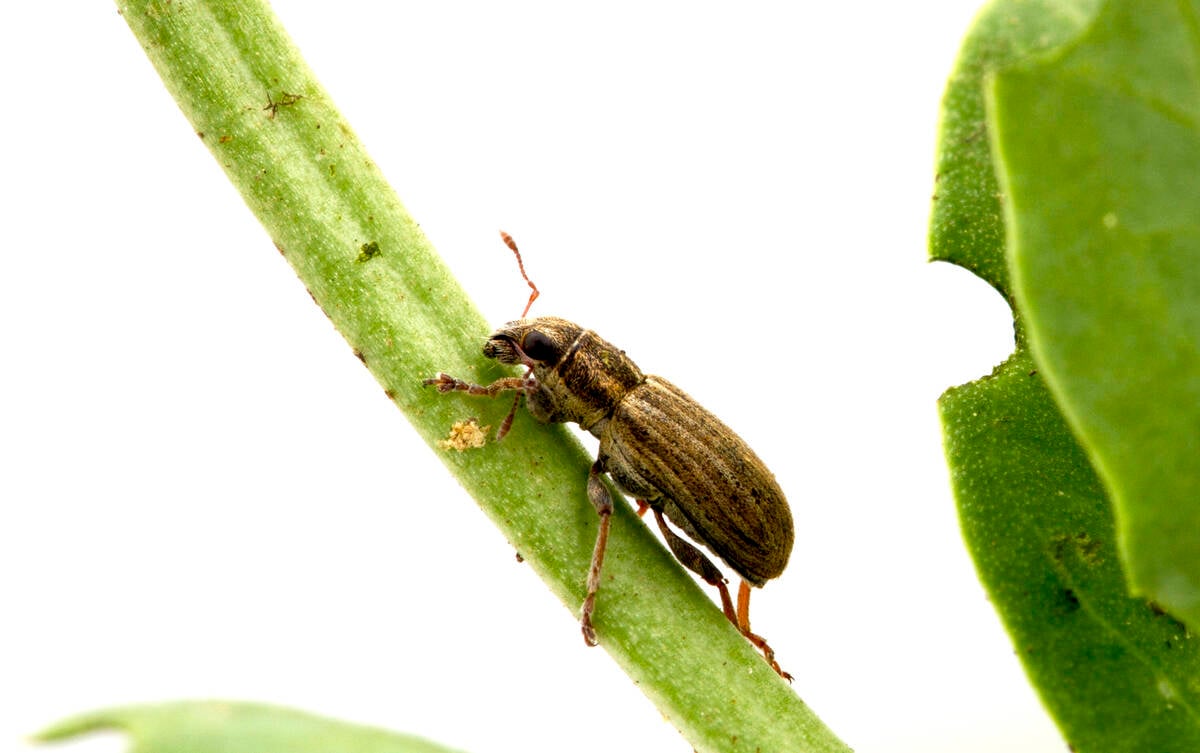
Growers urged to monitor for pea leaf weevil despite low 2025 activity
The pea leaf weevil has moved north in Alberta, but the outlook for damage from the insect is 2026 is promising.
The 2020-2024 National Beef Strategy has goals (to be achieved over the next decade) for three areas: Greenhouse gases and carbon sequestration; animal health and welfare; and land use and biodiversity. (Four other sets of goals will be released next year: Water; beef quality and food safety; people, health and safety; and technology.)
Goals in the animal health and welfare area include further reducing the use of antimicrobials (by encouraging best practices and also quantifying “baseline antibiotic use practices in Canadian feedlot production”); attaining 92 per cent reproductive efficiency in beef production (up from 85 per cent in 2018), and adopting “management and breeding choices that support animal welfare” (such as breeding for calving ease and increased use of pain relief).
Along with protecting native grassland, the land use and biodiversity goals include supporting research on how grazing management affects things such as carbon sequestration and water filtration. It also calls for getting a better handle on the amount of grazing land being lost to crops, noting “satellite monitoring would provide greater accuracy than survey results.”
The national strategy demonstrates the increased collaboration between the different organizations in the sector, said Saskatchewan rancher Ryan Beierbach, chair of the Beef Cattle Research Council (which along with Canada Beef Breeds Council and Canada Beef are the other members of the Canadian Beef Advisors).
The organizations are now more aligned, and will work together to make the beef sector more profitable and sustainable, he said.

“When we look at what we’re going to fund in terms of research and projects, this would direct what projects we’re looking at funding,” said Beierbach.
“If we’re lobbying for policy or trying to get rules into place so they work better for producers, this would help guide that type as well.”
The strategy calls the new targets “ambitious stretch goals.”
Some are more targeted than the previous strategy, such as the 92 per cent reproductive efficiency goal, which would boost profitability for producers, said Beierbech, who sat on the producer task force that helped create the goals.
“I think there are things that can be implemented that can help producers meet these goals,” he said. “These are not easy goals (but) in a lot of cases, there are benefits for producers.
“We’re not trying to put goals that are onerous on producers. We’re trying to put goals that are going to move the industry forward to make producers more sustainable and more profitable.”
Boosting reproductive efficiency, using better genetics, and implementing better management practices will also reduce greenhouse gas emissions, said Dennis Laycraft, executive vice-president of the Canadian Cattlemen’s Association.
Sharing best practices will be key to those efforts, he said.
“Some of it’s extension,” he said. “How do we share best practices?… The second part of it is obviously working with our industry partners. That’s the great thing about the National Beef Strategy. We effectively have everyone together, so there’s a stronger information loop through this system.”
The strategy calls for improvements in a number of production areas, including increased vaccination and wider adoption of progressive pasture management strategies, low-stress handling, body condition scoring and feed testing.
Some of those tools might meet with some reluctance at the farm gate, given additional cost and tight profit margins, Laycraft acknowledged. But they pay off in the longer term, he said.
“At the end of the day, the main reason for vaccinating or for all of these practices should be to improve the efficiency and health of your herd and, by doing that, it should improve returns back,” he said. “We’re looking, with all of these things, trying to create the win-win environment.”
And making cattle production more profitable can go hand-in-hand with increasing public trust in the sector, both Beierbach and Bjornson said.
“We recognize that our ability to be successful economically into the future requires that we have the public’s confidence,” said Bjornson. “Building public trust is based on doing the right things for our land, our animals and our environment. That’s precisely what these goals are meant to demonstrate.”
“We want the public to see it too, and say that the beef industry has a plan,” added Beierbach.
“We’re not forcing this on producers. It’s all work that we’re doing to help producers be more successful.”
The national strategy was designed to work in tandem with the new sustainability plan of the Canadian Roundtable for Sustainable Beef, which will be released shortly, as well as the 2023-2028 research and extension plan of the Beef Cattle Research Council.
The entire strategy can be found at beefstrategy.com.
– With Glacier FarmMedia files


